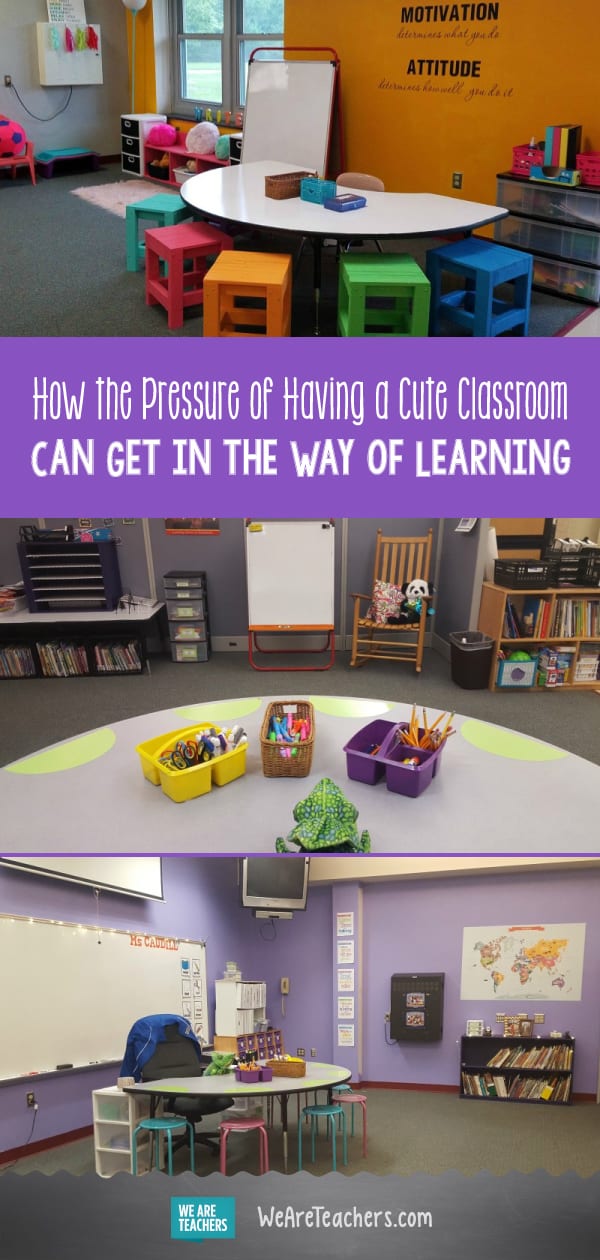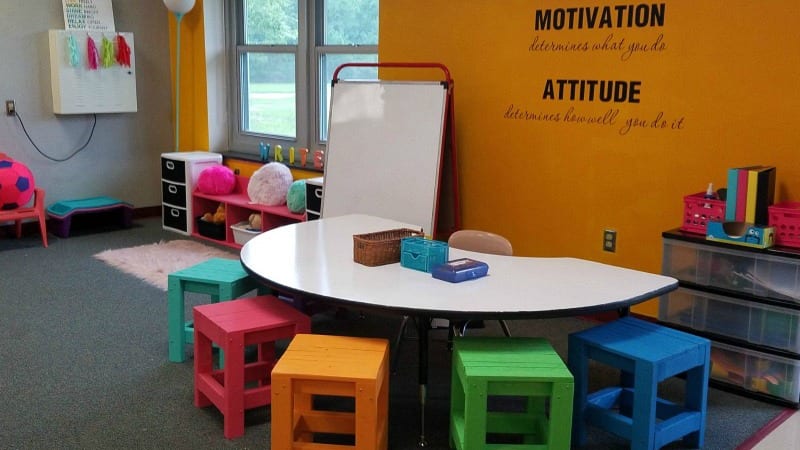Pinterest. Teacher blogs. Teachers Pay Teachers. These platforms have the power to simultaneously encourage and discourage teachers everywhere.
The bar is set seriously high for teachers, with the constant flood of cutesy, flawless, over-the-top classrooms, and it seems the bright color schemes and matching decor only become more extravagant by the minute.
Now let me preface this by saying there is nothing wrong with decorating your classroom. I, too, am a teacher who needs to stay organized, likes everything to match, and loves to surprise my students with occasional room transformations (see pictures of my classroom below). It’s fun, and it also works for lots of teachers. But I think we all need to pause for a moment and recognize when making a classroom cute becomes excessive or gets in the way of learning.
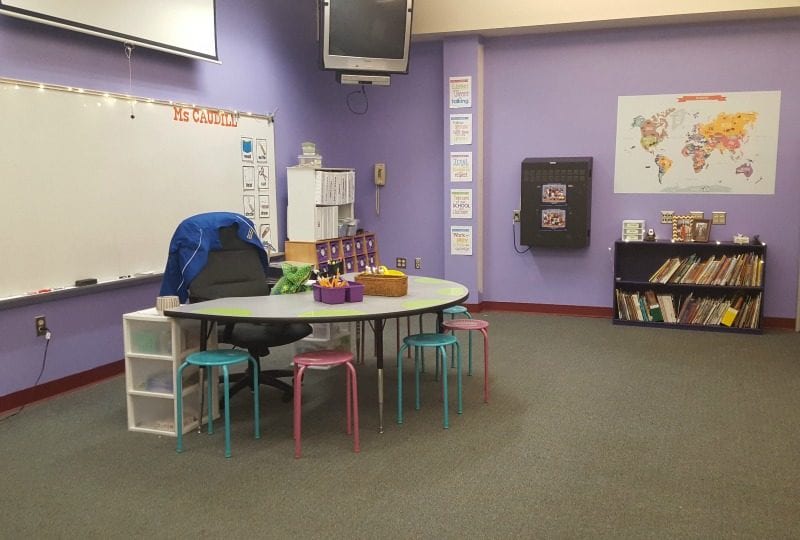
Here are six times when focusing on creating a Pinterest-perfect classroom can actually harm our students.
1. When effectiveness is sacrificed for cuteness.
We all know the bottom line: Instruction comes first. Yet, I actually heard a teacher once say, “I like that activity better, but this one’s so cute!” When given the choice between cute and less effective and not-so-cute and more effective, always choose the latter. Your classroom doesn’t have to be cute to be effective.
2. When we start to feel inadequate.
Thoughts and feelings of inferiority aren’t healthy and can even become a self-fulfilling prophecy. They distract from what’s important and can create additional stress. When teachers are highly stressed, students show lower levels of both social adjustment and academic performance. Don’t play the comparison game.
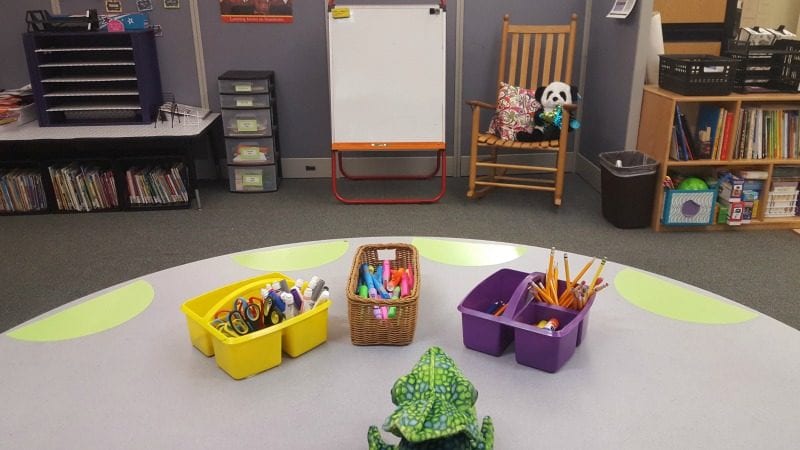
3. When it lacks practicality.
Kids will be kids, and that means accidents, spills, and messes in general. If your classroom is too perfect to be messed up or actually learned in, it can quickly become a barrier to what’s most important: authentic and engaging learning. Students may struggle to feel comfortable or even feel stifled in that type of environment, which can lead to lower participation and less growth. Ask yourself, does my theme really allow for students to use the room? Can my students be themselves in this classroom?
4. When it is exclusive.
At the beginning of the school year, I called my little brother to ask him how his third-grade meet-the-teacher night went. He told me he didn’t think he was going to like his class this year, and when I asked why, he said, “She loves mermaids.”
He was referring to his teacher, whose room followed a mermaid theme and had a teal, green, and purple color scheme. Students need to feel like the classroom is theirs, too. According to Sarika Bansal, editor in chief of BRIGHT Magazine, the physical classroom environment can have real, profound effects on students’ academic performance, sense of belonging, and self-esteem. Ask yourself, do students feel like this is their room too? Do all feel valued? Will those who do not like your theme still feel welcome? Is this classroom inviting for students from all backgrounds?
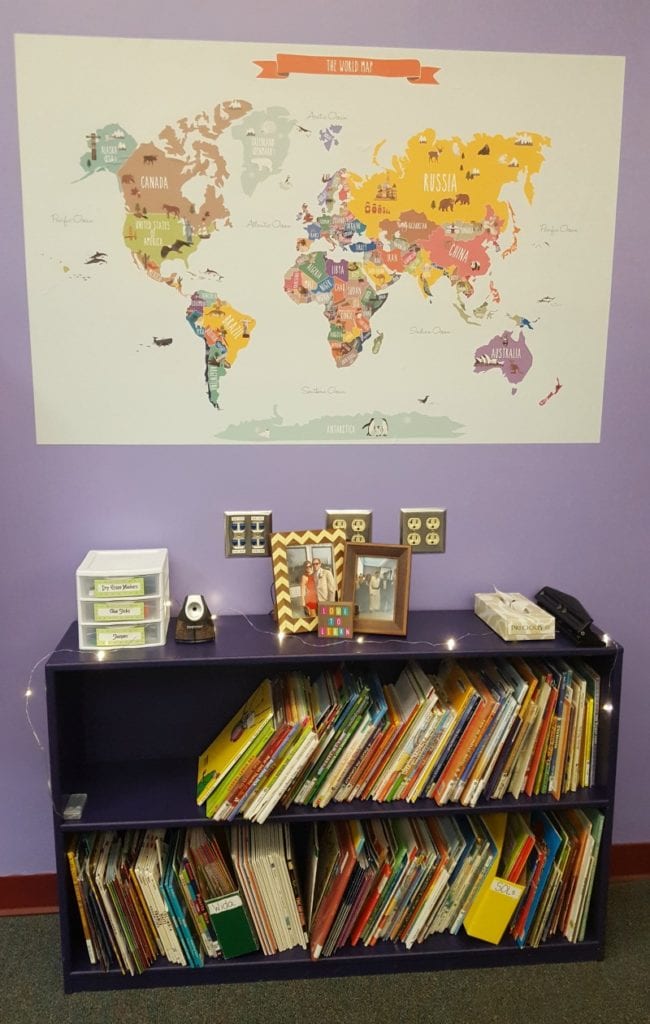
5. When it becomes a distraction.
Especially for younger children, too much to look at can sometimes make it difficult to focus. Classroom displays should enhance the learning experience, not distract from it. Ask yourself, does this classroom inspire or suppress growth? Does the theme motivate and engage students or overwhelm their senses?
6. When instruction suffers.
As teachers, we have such limited time. We are constantly trying to fit hours of work into a single planning period. We need to make sure we are prioritizing the learning itself and leaving making our classrooms cute to time left over. Too much time spent adorning leaves less time for building relationships, planning meaningful lessons, differentiating, reflecting, and improving. Don’t sacrifice crucial instructional planning time for unnecessary cuteness.
Themes are fun and, at times, can add a lot to a learning experience. But, before you spend all that time and money on a Pinterest-perfect room, remind yourself that your classroom does not have to be flawless to be effective.
If you enjoy decorating, go for it! Take the precautions above in stride and don’t let the pressure get to you. Aim to make your classroom work for you and your students. Focus creating a classroom that maximizes student success, Pinterest-worthy or not!
What do you think of Pinterest-perfect or Instagram-worthy classrooms? Share your ideas in our WeAreTeachers Chat group on Facebook.
Plus, check out some of our favorite bulletin boards.
